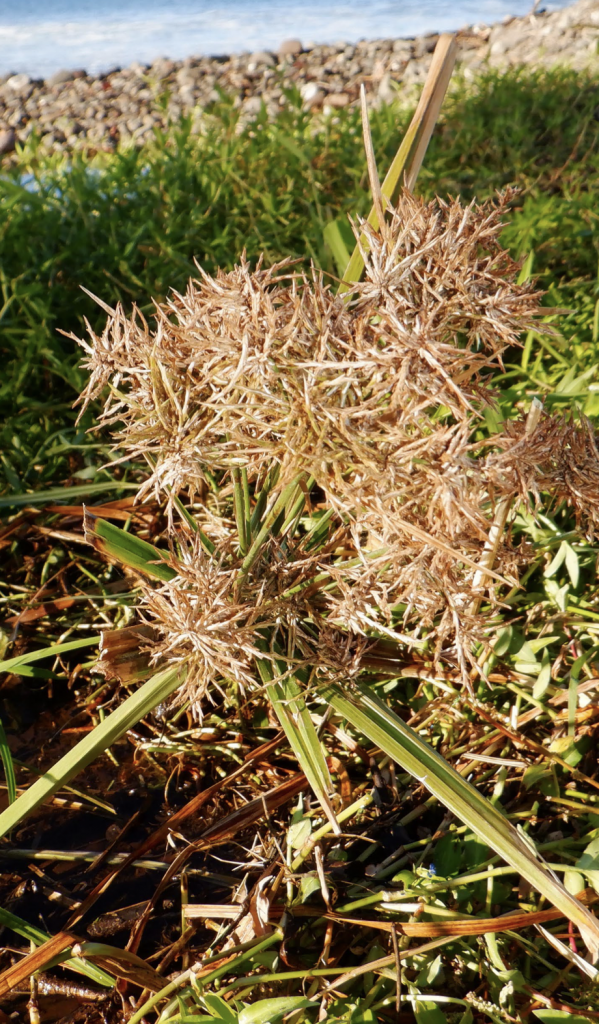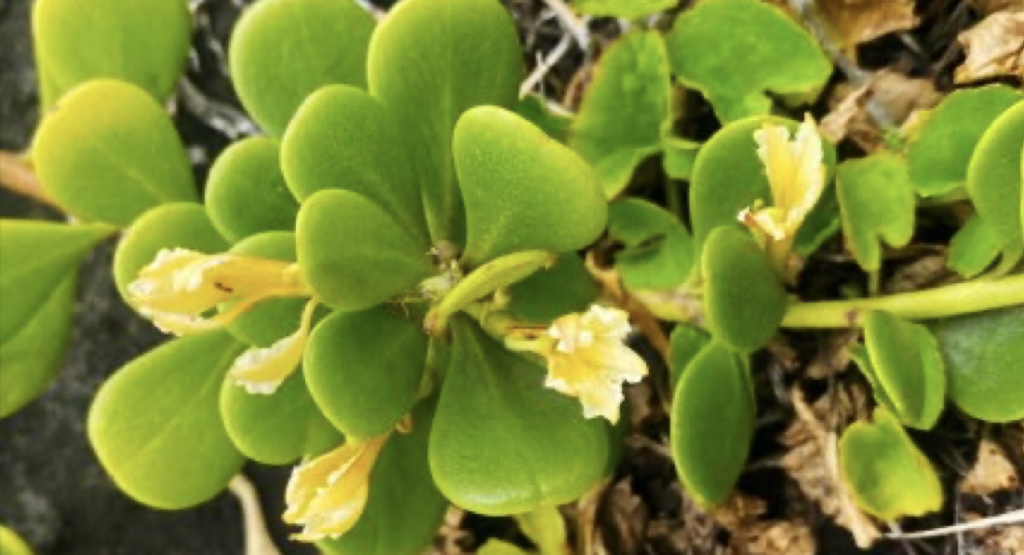April proclaimed as Native Hawaiian Plant Month
Governor Josh Green, M.D. has proclaimed April as Native Hawaiian Plant Month, recognizing the diversity and biocultural value of roughly 1,400 native plant species.
Native Hawaiian Plant Month also provides an opportunity to celebrate the successes made by rare plant botanists, who manage more than 420 endangered plant speciesstatewide.
The Plant Extinction Prevention Program, a collaboration of the DLNR Division of Forestry and Wildlife, University of Hawaiʻi, and the US Fish and Wildlife Service recently released an annual report detailing a series of rediscoveries and rebounds in rare plant populations across the archipelago.
Several plant species previously thought extinct were rediscovered through field surveys last year. Rapelling botanists found a small shrub, Silene lanceolata, in Waimea Canyon on Kauaʻi. On Maui, a sedge known as Cyperus prescottianus had not been seen for more than 100 years, but was rediscovered along a stream bank.

Other species that have been present in low numbers saw their populations rebound over the past year, with staff either transplanting seedlings or finding new individuals that germinated on their own. Rebounding species included three extremely rare Cyanea species, found respectively on Kauaʻi, Molokaʻi, and Hawaiʻi Island, the coastal shrub naupaka papa on Molokaʻi, and uhiuhi on Lānaʻi.

“These plants are part of what makes Hawaiʻi a special place,” said Matt Keir, Rare Plant Program Coordinator for DLNR in a department news release. “For Hawaiʻi to thrive, its native plant species have to thrive.
We’re thrilled that our teams saw successes over the past year, and that we as a community can celebrate these species for Native Hawaiian Plant Month.”
The PEPP report also highlighted growing threats to native plants across Hawaiʻi, including wildlife and the expanding population of Coconut Rhinoceros Beetle on Oʻahu. Work is now underway to collect seeds from five native species of loulu in order to safeguard the species from potential impacts by the invasive beetle.
Plant enthusiasts can celebrate Native Hawaiian Plant Month by attending Earth Day events, including visiting a PEPP booth at the upcoming Bishop Museum Science & Sustainability Festival on April 22.




















